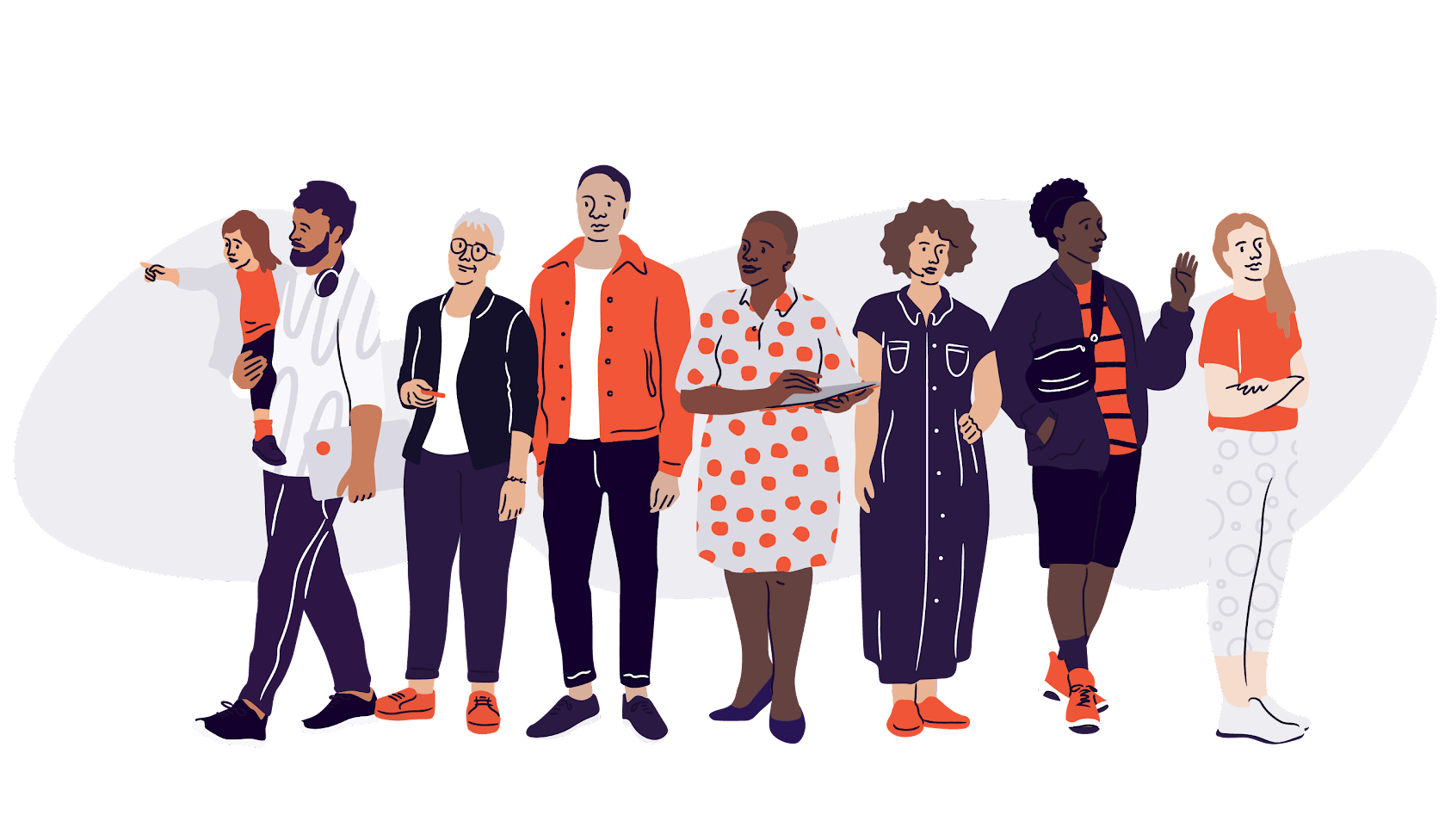Facebook is a free way to advertise events, and with millions of users actively engaging with Facebook Events each month, it’s an opportunity you shouldn’t miss. But yours isn’t the only event showing up in users’ feeds — you have competition.
If you’re already listing your free event on Facebook but your events aren’t attracting the interest (and registrations) you were hoping for, here’s what you may be doing wrong.
Learn about the benefits of connecting your Eventbrite event to Facebook here.
Creating your event from scratch on Facebook
It’s easy to set up your free Facebook Event. But creating a Facebook Event manually is actually not the most effective way to use the channel to drive sales.
For one, entering events manually doesn’t scale. When you start to add more events, keeping up with your Facebook Events listings becomes a part-time job on its own.
But even when you only have one simple event, it’s still not ideal to create your event manually on Facebook. A little-known secret? When you make your event manually, it’s not considered an “Official Facebook Event.” To be “official,” you have to create your event through a Facebook partner like Eventbrite.
Instead, set up your free event on Eventbrite and automatically publish the event to Facebook as well. When you use this process, Facebook flags your event as an “Official Event” — which means your event qualifies for higher ranking in Facebook’s algorithms, so your event gets on more people’s feeds.
Limiting your marketing efforts to Facebook
Facebook is a powerful channel for reaching potential new attendees. But it’s not the only one. If your only digital marketing efforts are only on Facebook Events, you’re missing the opportunity to reach more people. There are a lot of other event discovery sites people use to find out what’s going on.
But this brings us back to the bandwidth problem — you don’t have time to manually cut and paste your event description and info from site to site.
The solution is to create your event listing in one place and allow it to automatically distribute across other discovery sites. When you create your event listing on Eventbrite, not only can you automatically generate a Facebook listing, but you can choose to distribute it across other channels as well. Eventbrite has similar partnerships with Instagram, Google, Spotify, Bandsintown, and SeatGeek.
Making people jump through hoops to register
The last but probably the biggest mistake made on Facebook Events? When you don’t set them up the right way, you create barriers to registration. People find out about your event, but then have to navigate to another site to sign up.
This might not seem like a big deal. But consider that most users now view Facebook Events on a mobile phone. If you push them to a new page — especially one not built for phones — they won’t finish their registration.
However, when you create your event through Eventbrite and push it to Facebook, you can automatically add a “Get Tickets” button right on your Facebook event listing. This allows users to get tickets as soon as they find out about your event — without leaving the Facebook platform. (This is true for Instagram too, by the way.)
Counting Facebook RSVPs as registrations
Who wouldn’t want to come to a free event? Lots of people, it turns out. You build, they RSVP — but they don’t come.
Most attendees don’t take a Facebook RSVP seriously. If you want an accurate count of who is going to show up to your event, you should set up an actual event registration page using a free platform like Eventbrite.
If you’d like to try an event ticketing option designed to support and boost your Facebook Event efforts, create your free event on Eventbrite today.






